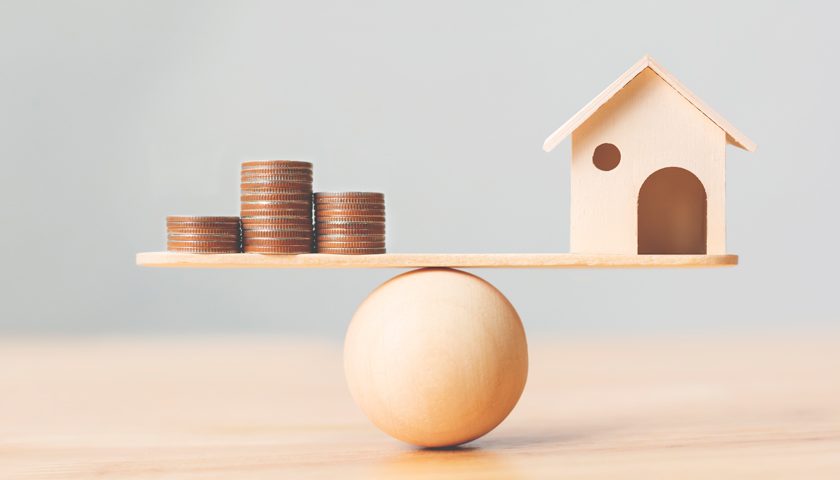In recent years, the real estate market has witnessed a steady and consistent increase in property prices. This surge in property values has left many potential buyers and investors wondering about the reasons behind this upward trend. In this article, we delve into the factors that contribute to the continuous rise in property prices, shedding light on the dynamics that shape the current real estate landscape.

1. Supply and Demand Imbalance: Limited Housing Stock
Supply and Demand Imbalance: Limited Housing Stock
One of the primary drivers behind the increasing property prices is the demand for housing surpassing the available supply. Rapid population growth and urbanization, coupled with limited land availability in desirable locations, create a supply and demand imbalance. As more people seek to own homes, the competition for available properties intensifies, leading to higher prices.
2. Low Mortgage Interest Rates: Fueling Buyer Demand
Low Mortgage Interest Rates: Fueling Buyer Demand
Historically low mortgage interest rates have fueled buyer demand for real estate. With borrowing costs at historic lows, prospective homebuyers are enticed to enter the market, resulting in increased demand. This surge in demand puts upward pressure on property prices, as buyers are willing to pay more for their dream homes in a bid to take advantage of favorable financing conditions.
3. Urbanization and Employment Opportunities
Urbanization and Employment Opportunities
Rapid urbanization and the concentration of job opportunities in urban centers attract individuals from rural areas and other regions. As people move to cities in search of better job prospects and improved lifestyles, the demand for housing in urban areas rises. The resulting influx of potential buyers drives up property prices in city centers and nearby suburbs.
4. Inflation and Currency Depreciation
Inflation and Currency Depreciation
Inflationary pressures and currency depreciation can impact the real estate market significantly. As the cost of living rises and the purchasing power of the currency weakens, investors seek to hedge against inflation by investing in tangible assets like real estate. This increased demand for property as a hedge against inflation can lead to higher property prices.
5. Foreign Investment and Capital Inflows
Foreign Investment and Capital Inflows
Foreign investment in the real estate market can contribute to the appreciation of property prices. When international investors view a country’s real estate market as lucrative and stable, they pour capital into purchasing properties, especially in prime locations. This influx of foreign investment drives up demand and, subsequently, property prices.
Conclusion
The continuous rise in property prices is a result of a combination of factors, including the supply and demand imbalance, low mortgage interest rates, urbanization, and inflationary pressures. Additionally, foreign investment and capital inflows play a significant role in driving up property prices in certain markets. As the real estate landscape evolves and economic conditions fluctuate, understanding these factors becomes essential for potential buyers, investors, and policymakers alike.